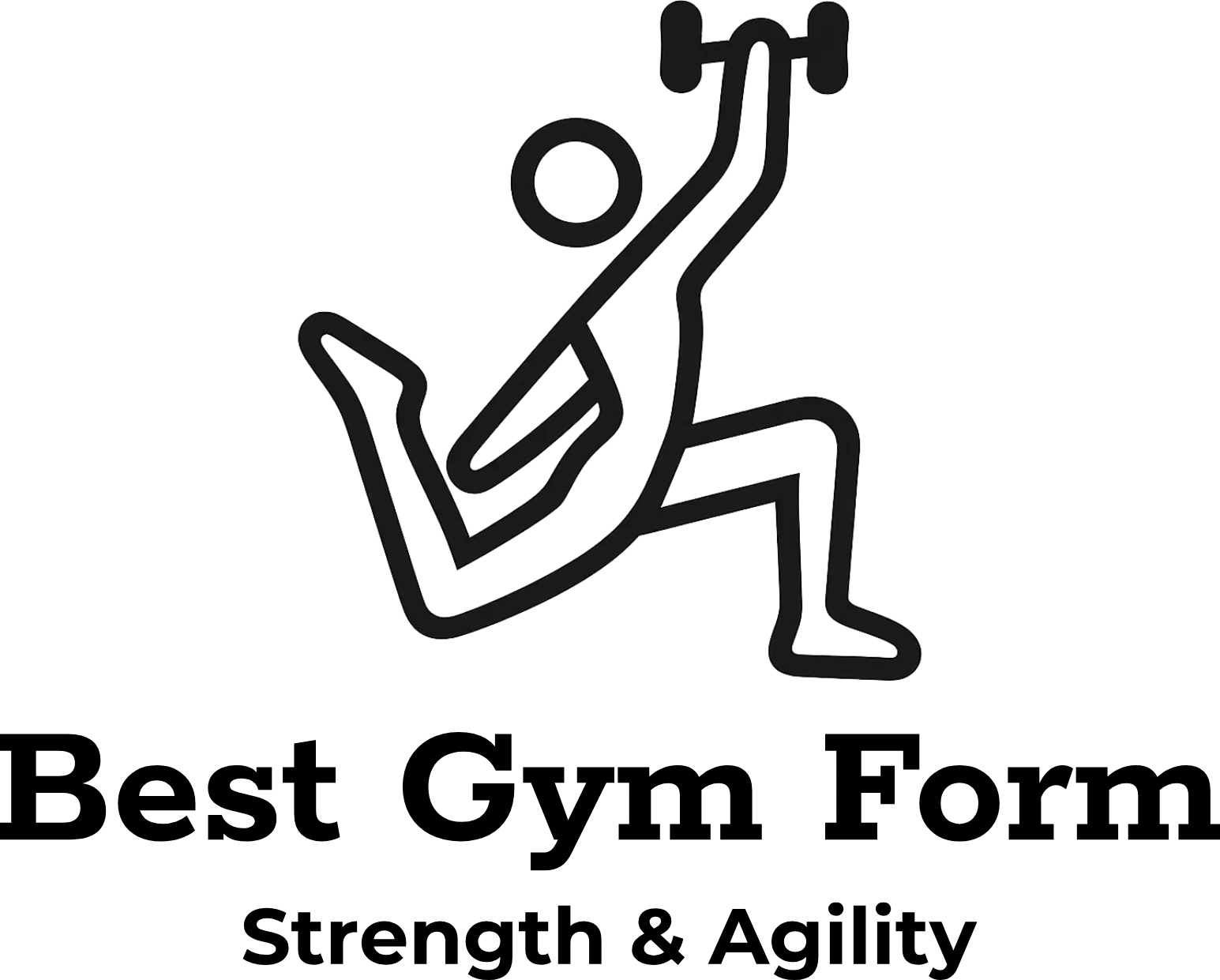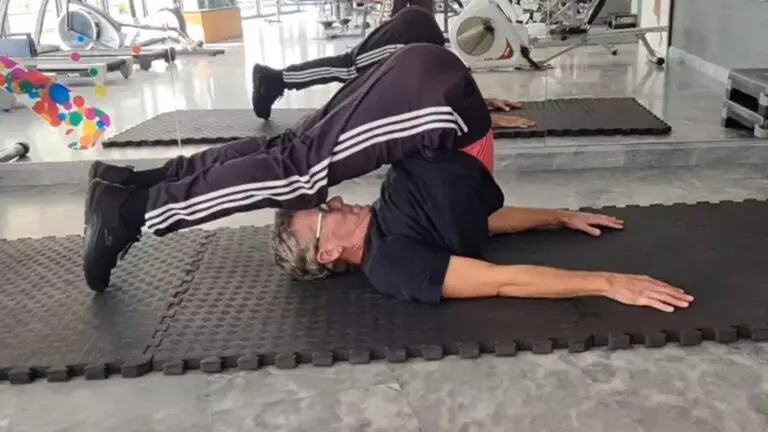All about Body Flexibility & Stretching
(Fundamentals)
Unlock Your Potential: The Ultimate Guide to Flexibility & Stretching for a Healthier Lifestyle
Unlocking your potential begins with understanding the crucial role that flexibility and stretching play in achieving a healthier lifestyle. Many people underestimate the importance of incorporating these practices into their daily routines, but the benefits are undeniable. Improved flexibility can enhance your performance in physical activities, reduce the risk of injury, and promote better posture.
Stretching not only prepares your muscles for activity but also aids in recovery after workouts. It helps to alleviate muscle tension and increase blood flow, which is essential for overall health. By dedicating just a few minutes each day to stretching exercises, you can experience significant improvements in your range of motion and overall well-being.
Moreover, embracing flexibility training fosters mindfulness and relaxation, contributing to mental clarity and stress relief. In today’s fast-paced world, taking time to stretch can be a valuable practice for both body and mind. So why wait? Start unlocking your potential today by prioritizing flexibility and stretching as integral components of your journey toward a healthier lifestyle.
Understanding Flexibility: What It Is and Why It Matters
Flexibility is more than just a buzzword; it’s a crucial component of both personal and professional success. At its core, flexibility refers to the ability to adapt to changing circumstances, whether that means adjusting your plans, embracing new ideas, or pivoting in response to unexpected challenges. In today’s fast-paced world, where change is the only constant, understanding and cultivating flexibility can set you apart from the crowd.
Why does flexibility matter? For starters, it enhances problem-solving skills. When you approach situations with an open mind and a willingness to adjust your strategies, you’re more likely to find innovative solutions that others might overlook. Flexibility also fosters resilience; those who can adapt are better equipped to handle setbacks and bounce back stronger than before.
Moreover, in the workplace, flexible employees contribute to a dynamic team environment. They encourage collaboration and creativity, which can lead to improved productivity and job satisfaction for everyone involved. In essence, embracing flexibility not only benefits individuals but also cultivates a culture of adaptability within organizations.
In conclusion, understanding flexibility is essential in navigating life’s complexities. By prioritizing this quality in ourselves and our teams, we position ourselves for greater success in an ever-evolving landscape.
The Science Behind Stretching: How It Affects Your Body
Stretching is often seen as a simple, routine activity, but the science behind it reveals profound effects on our bodies that are too significant to overlook. When we stretch, we engage in a complex interplay of muscles, tendons, and nerves that not only enhances flexibility but also improves overall physical performance.
Research shows that stretching increases blood flow to the muscles, promoting better oxygen delivery and nutrient absorption. This process aids in muscle recovery and reduces soreness after intense workouts. Moreover, stretching activates the nervous system, which can lead to improved coordination and balance—essential components for athletic performance and daily activities alike.
Additionally, regular stretching has been linked to enhanced mental well-being. The act of stretching releases endorphins—our body’s natural mood lifters—which can help reduce stress and anxiety levels. This dual benefit of physical enhancement and mental clarity makes stretching an indispensable part of any fitness regimen.
Incorporating a structured stretching routine into your daily life is not just beneficial; it’s essential for maintaining a healthy body. Whether you’re an athlete looking to optimize your performance or someone seeking relief from everyday tension, understanding the science behind stretching underscores its importance in achieving your health goals.
Different Types of Stretching and Their Unique Benefits
Stretching is an essential component of any fitness routine, and understanding the different types can significantly enhance your overall health and performance. Every kind of stretching offers unique benefits that cater to various needs, making it crucial to incorporate a variety into your regimen.
First, we have static stretching, which involves holding a stretch for a period of time—typically 15 to 60 seconds. This method is particularly effective for improving flexibility and increasing the range of motion in the muscles. It’s best performed after workouts when your muscles are warm, helping to alleviate tension and promote recovery.
Dynamic stretching, on the other hand, incorporates movement and is ideal for warming up before physical activities. By engaging in controlled movements that mimic the activity you’re about to perform, dynamic stretches prepare your body for action while reducing the risk of injury. Think leg swings or arm circles—these not only enhance blood flow but also activate muscle groups effectively.
Then there’s proprioceptive neuromuscular facilitation (PNF) stretching—a more advanced technique often used in rehabilitation settings. It combines both passive and active stretching through a partner-assisted approach or by using resistance bands. PNF is known for its ability to improve flexibility significantly in a shorter amount of time compared to other methods.
Lastly, we cannot overlook the benefits of ballistic stretching, which involves bouncing movements to push muscles beyond their normal range. While this type can be beneficial for athletes looking to enhance explosive power or agility, it should be approached with caution due to its potential risk for injury if not done correctly.
Incorporating these diverse types of stretching into your routine will not only help you achieve better flexibility but also improve overall performance and reduce injury risks. Embrace each method’s unique advantages and watch how they transform your fitness journey!
A Comprehensive Flexibility Routine for All Fitness Levels
Incorporating a comprehensive flexibility routine into your fitness regimen is essential for individuals at all fitness levels. Whether you are a seasoned athlete or just starting your journey, flexibility training can enhance your overall performance and prevent injuries.
A well-rounded flexibility routine includes dynamic stretches to warm up the muscles and static stretches to cool down after workouts. For beginners, simple movements like toe touches and arm circles can significantly improve range of motion and ease muscle tension. Intermediate practitioners might incorporate deeper stretches such as lunges with a twist or seated forward bends, which target multiple muscle groups simultaneously.
For advanced fitness enthusiasts, consider integrating yoga or Pilates into your routine. These practices not only improve flexibility but also promote strength and balance, creating a holistic approach to fitness.
Remember, consistency is key! A flexible body contributes to better posture, improved athletic performance, and enhanced daily function. No matter where you start, committing to a regular flexibility routine will yield significant benefits over time—making it an indispensable part of any fitness plan.
Common Myths About Flexibility & Stretching Debunked
Flexibility and stretching are often shrouded in misconceptions that can hinder our progress toward better health and fitness. Let’s debunk some of the most common myths surrounding these vital aspects of physical well-being.
First, many believe that flexibility is solely determined by genetics. While it’s true that some individuals may have a natural predisposition to greater flexibility, anyone can improve their range of motion through consistent stretching practices. It’s about commitment and technique rather than being born with “looser” muscles.
Another prevalent myth is that stretching before exercise prevents injuries. In reality, static stretching before a workout can actually weaken muscles temporarily. Instead, dynamic stretches are recommended to warm up the body effectively. Understanding this distinction is crucial for optimizing your pre-workout routine.
Lastly, there’s a misconception that you need to be flexible to start stretching. This couldn’t be further from the truth! Stretching is a practice meant to enhance flexibility over time, regardless of your starting point. So don’t let fear or self-doubt hold you back—embrace the journey toward improved flexibility today!
Tips for Incorporating Flexibility & Stretching into Your Daily Life
Incorporating flexibility and stretching into your daily routine is not just a luxury; it’s a necessity for maintaining overall health and well-being. Here are some compelling tips to make it an integral part of your life.
Firstly, start small. Dedicate just five minutes each morning to stretching out your muscles. This can be as simple as reaching for the sky or bending to touch your toes. Gradually increase the duration as you become more comfortable.
Next, integrate stretching into existing habits. For instance, while watching TV or waiting for dinner to cook, take a few moments to do gentle stretches. This not only helps break up long periods of inactivity but also enhances circulation and reduces tension.
Consider setting reminders on your phone or using fitness apps that encourage you to take short stretching breaks throughout the day—especially if you have a desk job. These quick sessions can rejuvenate both body and mind, improving focus and productivity.
Lastly, join a class or find online resources that guide you through flexibility routines like yoga or Pilates. Not only will this provide structure, but you’ll also benefit from expert advice on proper techniques.
By making these minor adjustments in your daily life, you’ll not only enhance your flexibility but also cultivate a habit that promotes long-term health benefits. Embrace these practices today; your body will thank you!

